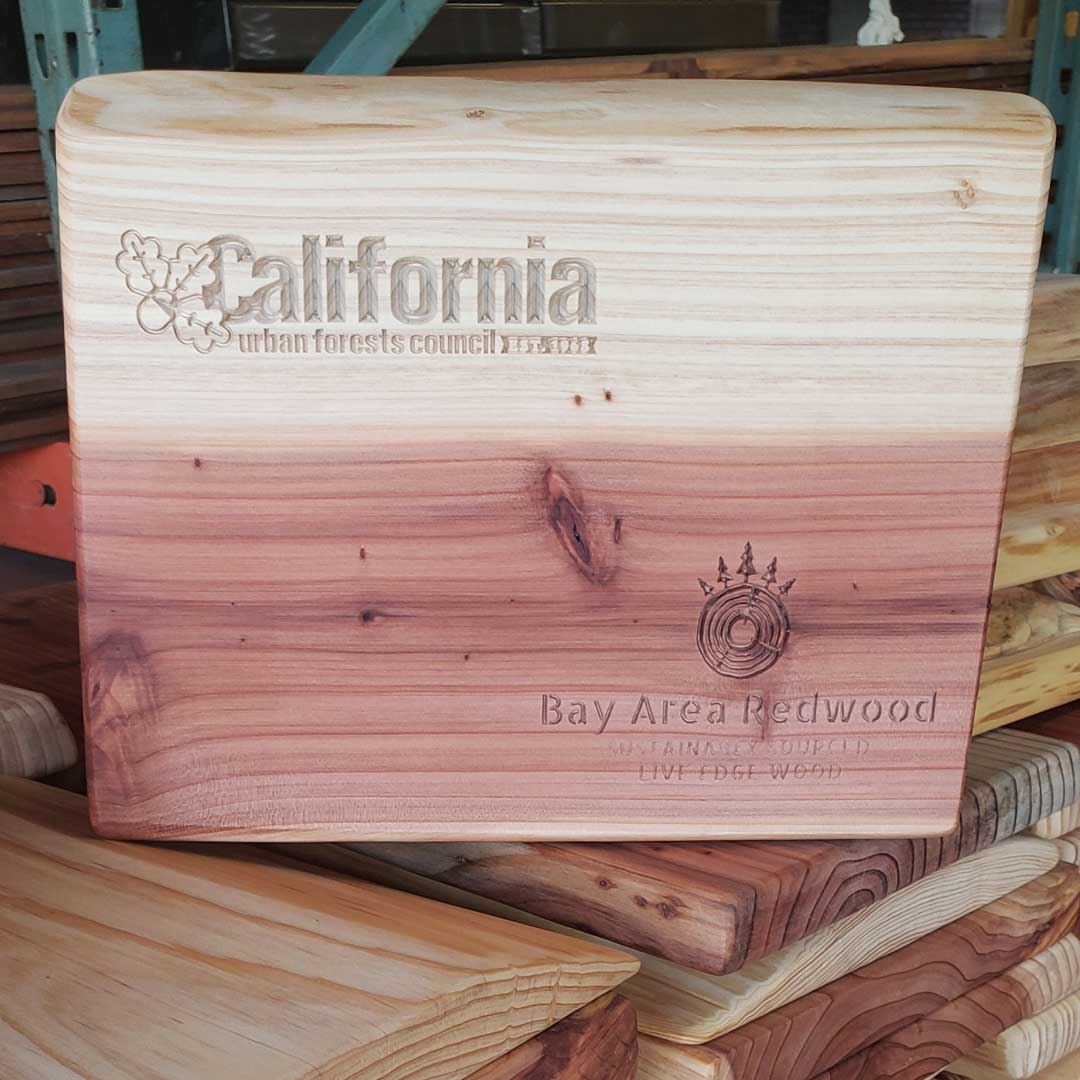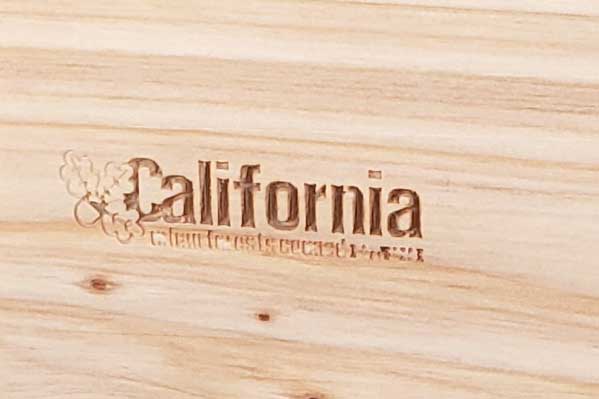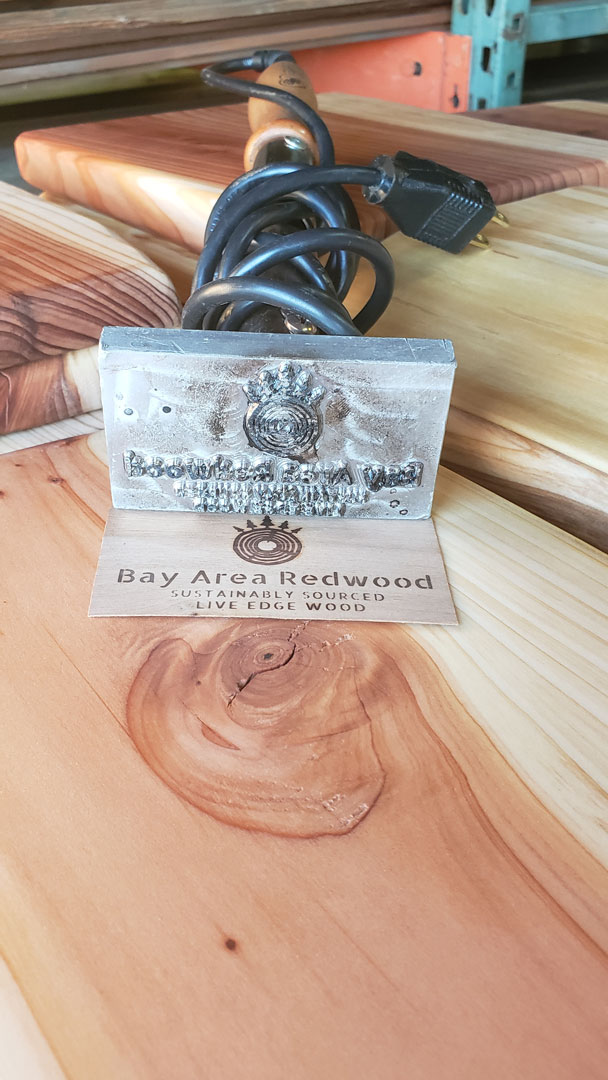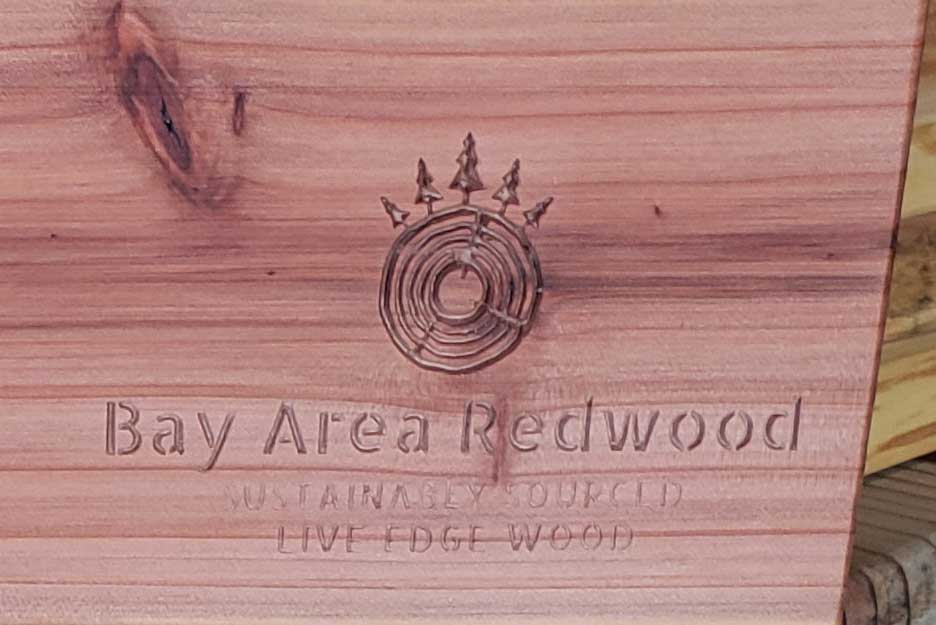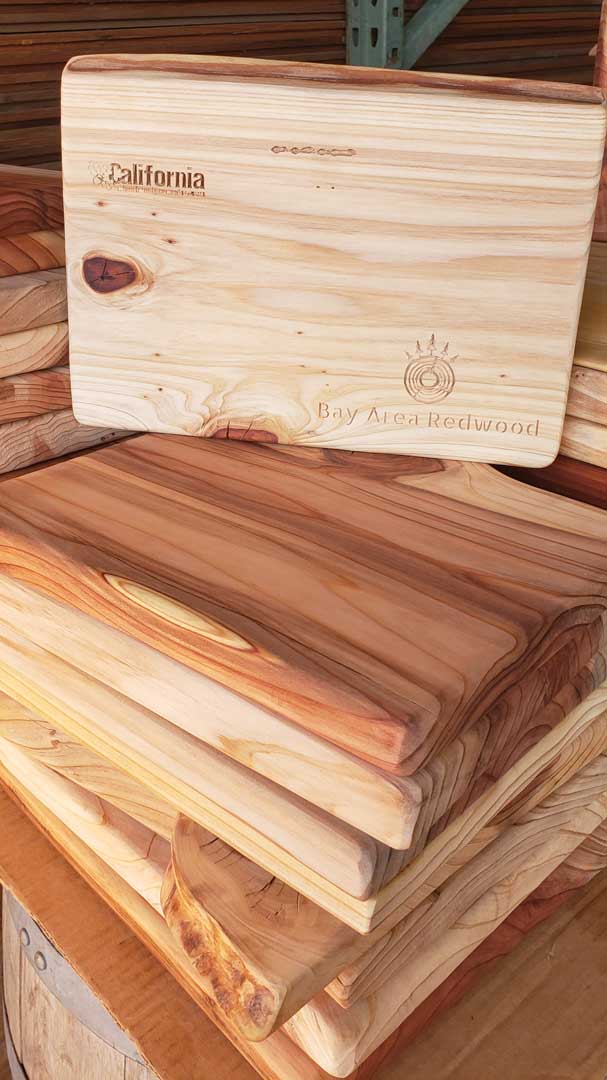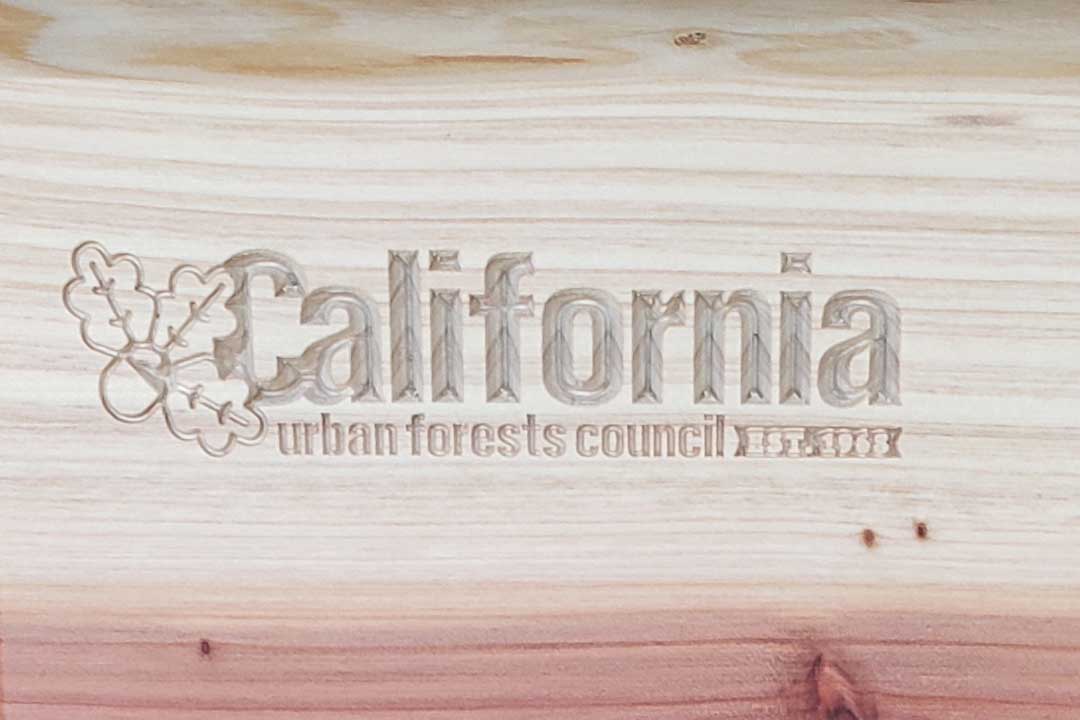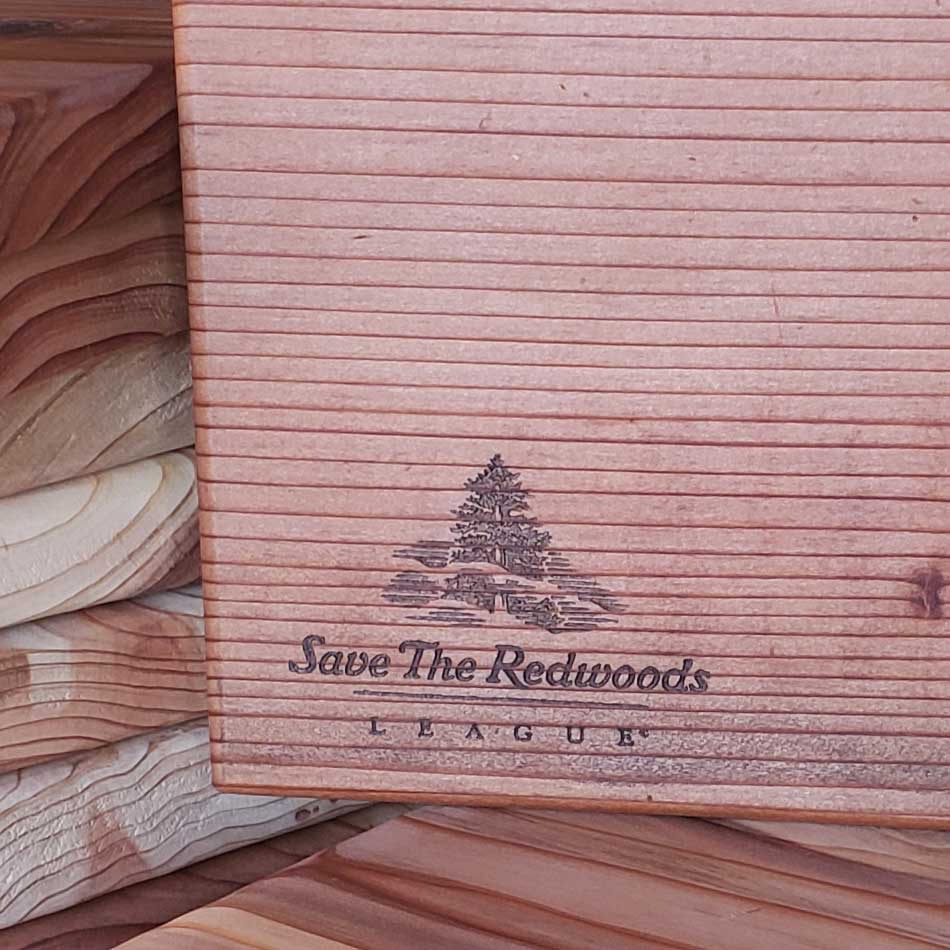Objectives
- Review, Approve agenda, Consent Calendar
- New board member – Nick Harvey – introduction
- Strategic Plan review & approval vote
- Offer to place Ad in our newsletter from Urban Ore in Berkeley
- Urban Ore’s offer to place an ad in the newsletter
- Nick’s presentation on Fundraising idea with recycled wood cutting boards (see notes)
Call in Information
Thu, Aug 19, 2021
12:00 PM – 1:00 PM (PDT)
Please join my meeting from your computer, tablet, or smartphone.
Go To Meeting
You can also dial in using your phone.
United States: +1 (872) 240-3212
Access Code: 515-378-797
Agenda
12:00 PM – Call to Order – Daniel
12:02 PM – Welcome new board member Nick Harvey – Daniel
12:05 PM – Review and Approve Agenda – Daniel
12:08 PM – Approve Consent Calendar – Daniel
- Board Meeting Minutes
- Executive Director’s Report
- Communications Director’s Report
12:12 PM – Old Business – Nancy & Daniel
- Strategic Plan – step by step walk-through…and approval vote.
12:45 PM – New Business –Nancy, Daniel & Deb
- Berkeley’s Urban Ore newsletter advertising offer – see attached
- Nick Harvey’s fundraising proposal – redwood cutting boards – see notes & photos
12:55 PM – Schedule next meeting for September 16th, 2021
1:00 PM Adjoin
Notes from Nick
Attached are several photos I took earlier today — I just got back the 2 samples with the Caufc logo which were CNC’d (not typical, our laser engraving subcontractor was on vacation who normally would have made the prototype samples).
So there is a bit of information to digest here about techniques to put logos on wood:
- Typically we “brand” because it is by far the cheapest option see “brand to custom order” photo — however since we don’t know what size brand we want to order yet this is to be determined in a later step
- CNC and Laser Engrave have some similarities — most importantly it is easy to do “one-off runs” like the attached samples because it is coded into a computer to run the program.
- CNC is a subtractive manufacturing technique that removes material and creates depth (notice this in the large Caufc logo) — this is great for making large signs (not really necessary for a charcuterie board)
- Laser Engraving uses a laser to etch the surface of the wood by selective burning — it can have extremely high resolution for the small print that a CNC or brand can’t capture… notice on the laser engrave photos that you can see the small text but you can’t see it with the CNC.
As for how these charcuterie boards could help Caufc, my thought is to use it as a fundraising tool/mechanism of sorts which I saw is an important aim for the organization in the strategic plan you sent out yesterday. Exactly how this would work, I’m not 100% sure this instant though below are some ideas — though I’d like to get your and other board members’ thoughts on the call of how this could possibly integrate into CaUFC.
I believe the boards should involve a local storytelling aspect connecting people closer to urban trees and this could also translate into a “scarcity marketing” of sorts in that there is a limited edition run from only a specific tree. Perhaps the species of wood/tree would rotate like once a quarter or some arbitrary period of time if the program is successful — this could be included in newsletter content telling the story and redirecting to donations/the boards. For example, photos of the square boards which are all heart redwood with a tighter grain were made from a fallen redwood tree in Peter’s Creek near Portola Redwood State Park that Save The Redwoods Leagues had milled several years ago.
What is interesting is that we mostly sell these boards in big POs to fairly large companies who are using them as client gifts to thank their customers — perhaps using this “client gift approach” to thank Caufc donors could entice donors to increase their donation. Let’s take the hypothetical situation that someone normally donates $50 but could instead donate $100 and get a custom one-of-a-kind board valued at $50.
I’d be happy to make a batch of ~50-100 boards for free once we nail down more details on what we want the end product to look like. We could then test it out and see how they do and we could make another free batch based on any lessons learned. Thinking much further down the line, if this turns into something ongoing/large my hope would be to cover our costs which is generally around half of what we sell them for — so boards we sell for $40-50 it costs us around ~$20-25 to make them (depends on batch size, species, etc).
We can also make other small wood products other than just boards too — coasters (slices of a tree branch) are another favorite and are quite a low cost to make compared to boards.
